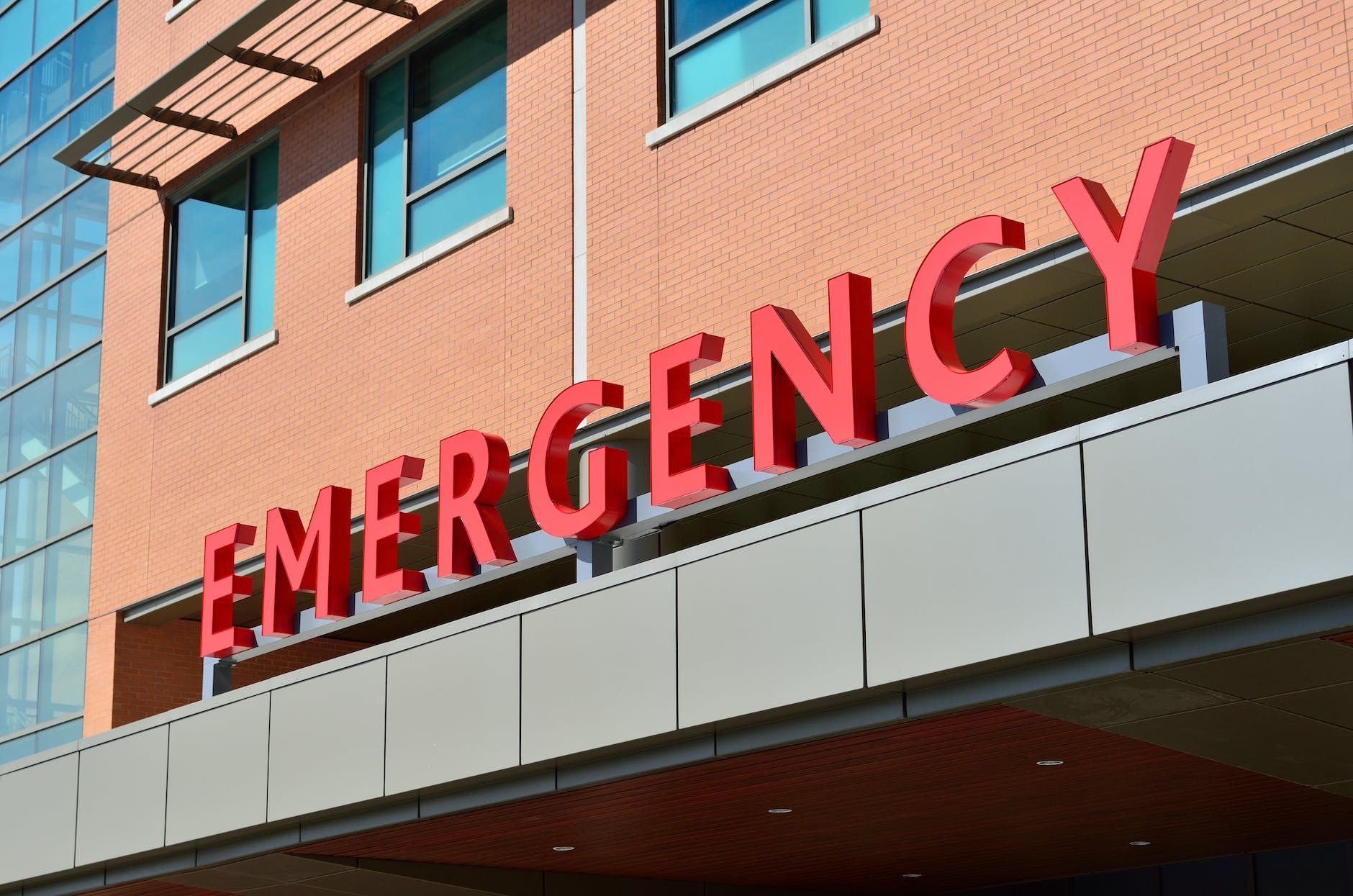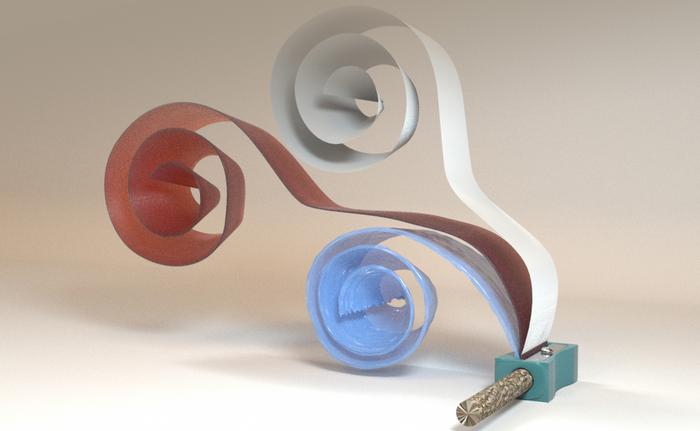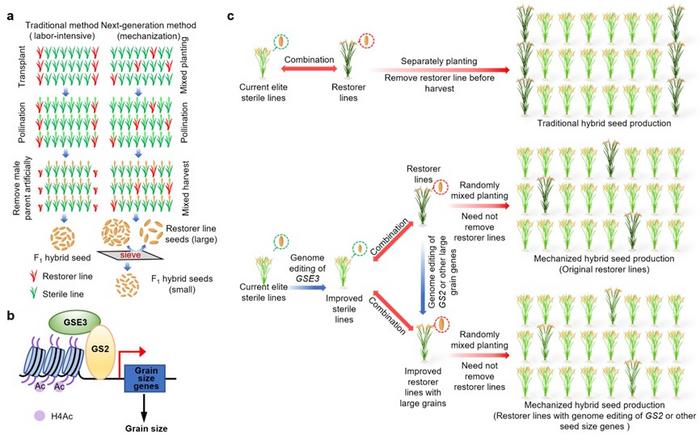Explaining why wait times can be so lengthy in the emergency room, a new study by UC San Francisco reports that emergency department capacity hasn’t kept up with patient demand in California over the last decade.
The researchers found that the number of emergency departments (EDs) decreased by nearly 4% in California, while the number of ED visits rose by 7.4%. It is the first analysis of emergency medicine patterns in the state in recent years. The researchers also reported that the number of high-severity visits rose by nearly 68 percent, while the number of low-severity visits declined by 63 percent.
“We know that there is overcrowding in the ED,” said lead author Renee Y. Hsia, MD, a UCSF professor of emergency medicine. “Capacity has largely failed to match the rise in patient demand.”
If you enjoy the content we create and would like to support us, please consider becoming a patron on Patreon! By joining our community, you’ll gain access to exclusive perks such as early access to our latest content, behind-the-scenes updates, and the ability to submit questions and suggest topics for us to cover. Your support will enable us to continue creating high-quality content and reach a wider audience.
Join us on Patreon today and let’s work together to create more amazing content! https://www.patreon.com/ScientificInquirer
The paper published June 22, 2023 in JAMA Network Open.
Amid numerous changes in the U.S. health care system in recent years, emergency departments (EDs) continue to play a vital role in the system. EDs are required to treat all patients regardless of ability to pay, and they function as a safety net for uninsured patients, many of whom use the ED for primary care services.
The new study used data from the California Department of Health Care Access and Information and the U.S. Census Bureau from January 1, 2011, to December 31, 2021.
In that time, California’s population grew by 4.2%, but the number of emergency departments in California fell from 339 to 326, while the number of hospital beds decreased by 2.5% (75,940 to 74,052).
“Our findings show what many health care workers already know to be true: the burden on emergency departments across the state of California has intensified over the last 10-15 years,” Hsia said.
“Becoming aware of these trends is the first step to improving emergency department care,” she said. “To efficiently and equitably address ED crowding and improve overall care, policy makers and health care administrators should work to increase ED capacity, while also making thoughtful decisions about where and how to best allocate resources.”
IMAGE CREDIT: NASA.



.jpg)


Leave a Reply